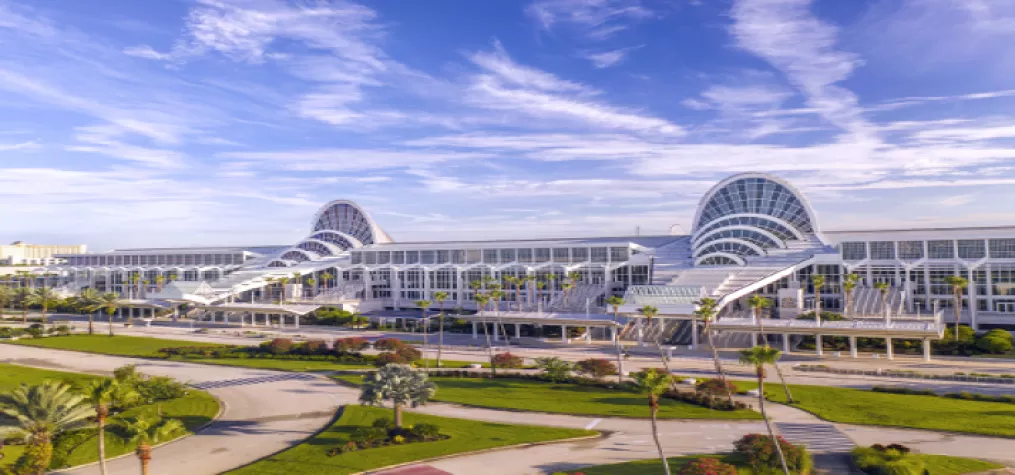The Five C's of Reliable Wireless Internet: Capacity (part 3 of 6)
This is the third part of a six-part series on WiFi at events. Assuming your venue has sufficient WiFi coverage everywhere it is needed, the next component you need to consider for good network design is capacity.
Capacity is a little more obscure of a topic than coverage because, unless you are a network engineer, you probably have never run into a situation where you connected so many devices to one access point that you exceeded the limit of the access point’s capacity.
Before I started learning about wireless networks, I naively assumed that any wireless network could support everyone who wanted to connect. Sure it might slow down, I thought, but everyone still would be able to connect. This, as it turns out, is not the case.
Inside every wireless access point is a component called a radio which transmits the signal. Each access point has a certain number of radios (often one or two, but sometimes more), and each radio can only support a certain number of device connections at a given time.
One question I hear from time to time is, “Ian, I don’t understand, I was at an event and had all 5 bars, but why wasn’t I able to load a web page?” This is definitely a relevant question, because outside of the trade show jungle, the most common reason for not being able to connect wirelessly to the internet is because of poor coverage.
But at a trade show, you are dealing with an entirely different beast. In addition to placing access points sufficiently close to users to provide adequate coverage, you need to ensure that there are enough radios within the access points to support all of the devices trying to connect to them. If this is not the case, you end up in the aforementioned “full bars but can’t connect” situation.
So how do you avoid this situation? When asking your venue for a heat map, you should also ask how many radios are inside each access point. With this information, you’ll be able to compare the concentration of radios to the expected concentration of your internet surfing attendees (and their WiFi consuming devices).
A general guideline is approximately forty (40) devices can connect to a single radio at any given time. Hopefully, the venue hosting your event considered room capacity, device concentration, and radio capacity when designing their network.
That said, with the explosion of tablets and WiFi enabled smart phones, attendees now bring multiple WiFi enabled devices to events. What was an ample number of radios in the past may no longer be adequate.
Just like you can’t fit 1,000 attendees into a space with a capacity of 500, your network can’t support 1,000 attendee devices during a keynote when the room has 2 access points with 2 radios each (2 APs x 2 radios x 40 devices per radio = 160 devices). Knowing your attendee profile (how many devices per person, what kinds of devices, etc.) can keep you out of trouble when it comes to capacity planning.
Now that your WiFi coverage and capacity have been addressed, it still doesn’t guarantee your wireless connection to the internet will be reliable. This is because when you have too many radios broadcasting in a small amount of space, they start interfering with each other (what a headache, I know).
Next in the series we will examine radio frequency congestion.


Add new comment